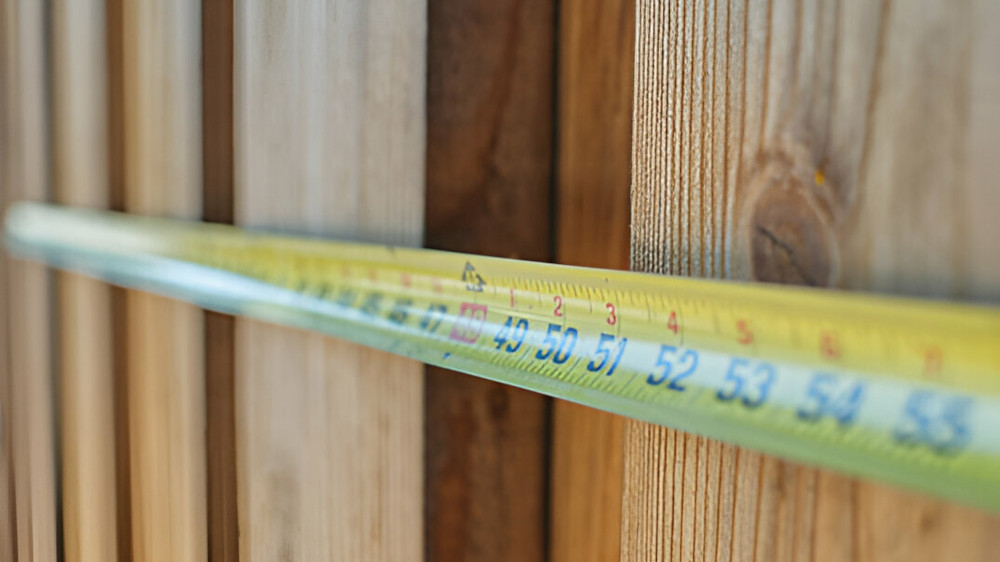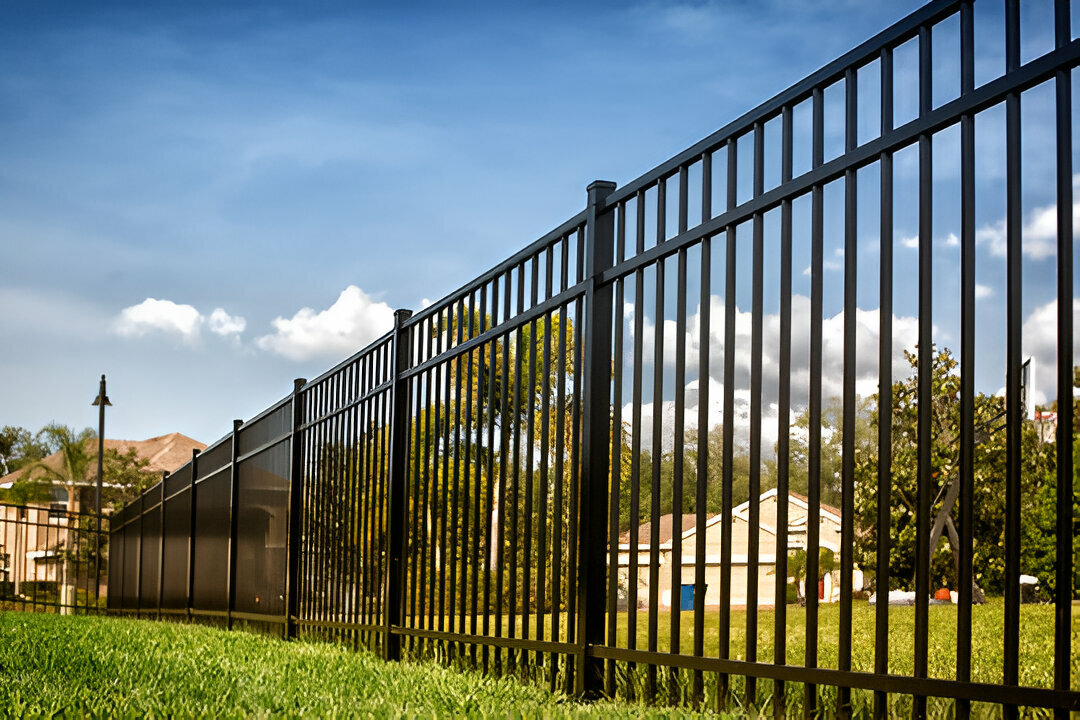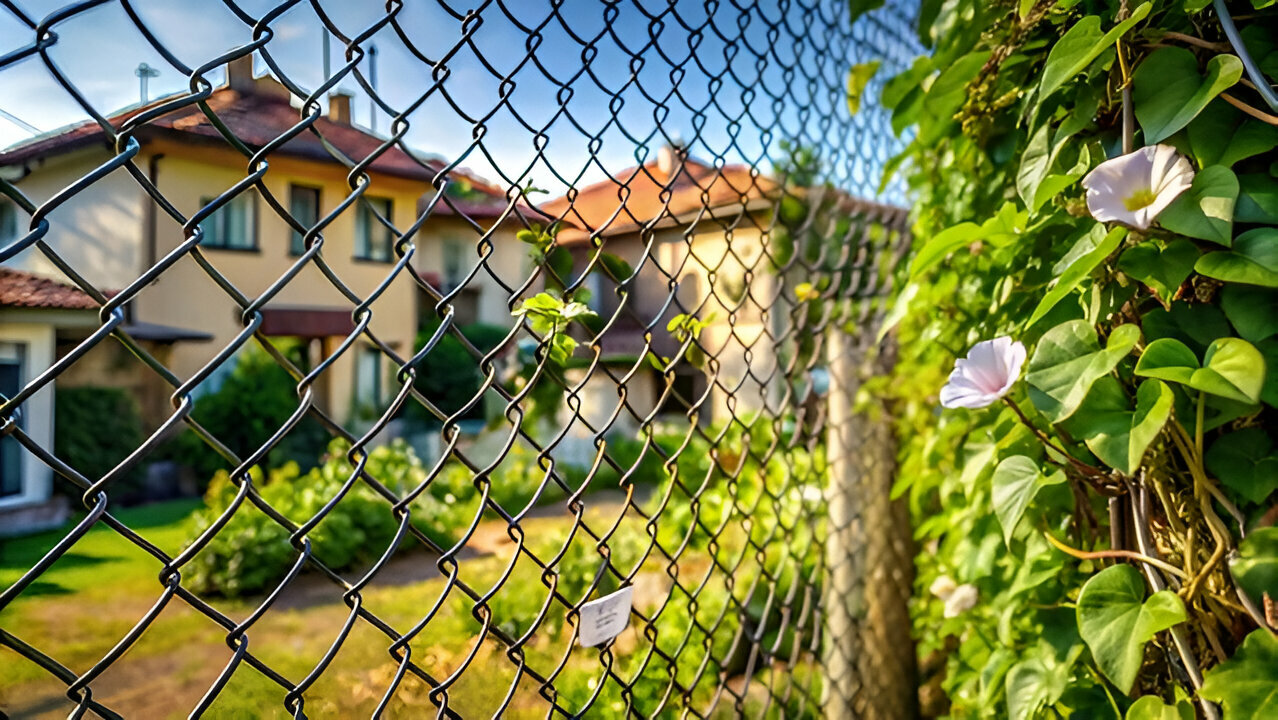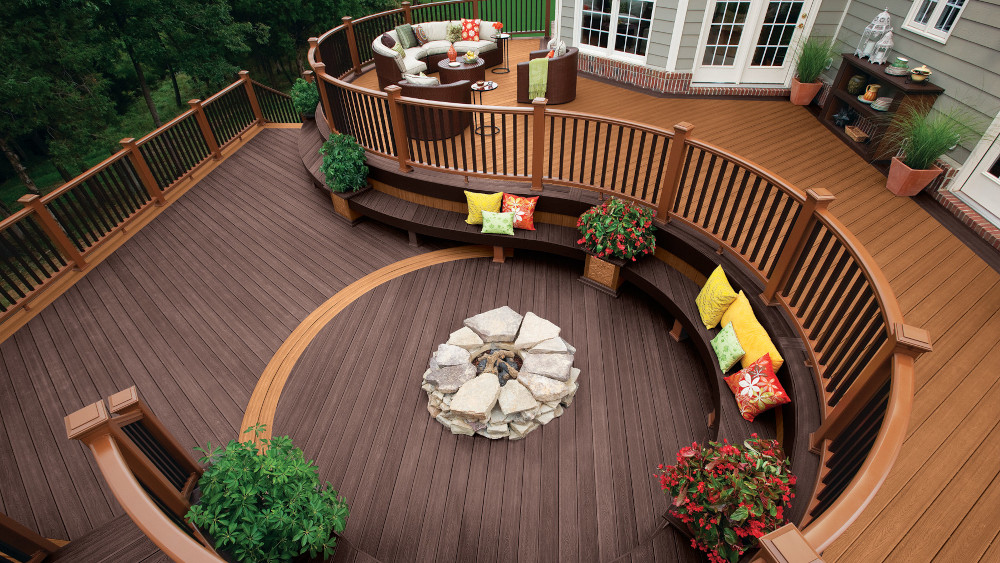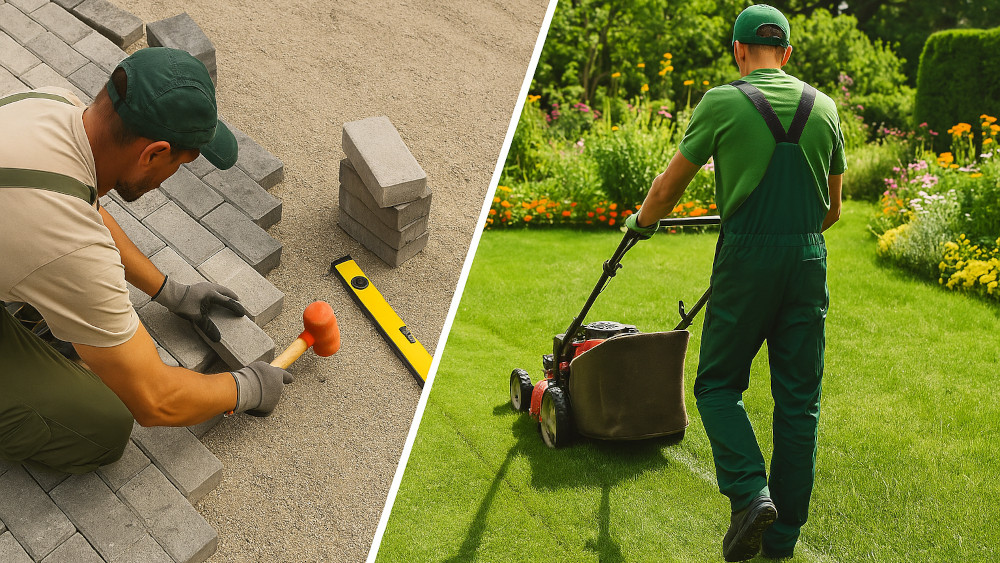Fence Cost Calculator – Get an Instant Estimate
Key Takeaways: Fence Price Cost Calculator, Construction Guide NZ, New Fence Estimator, Online Cost Guide per Meter
- Fence Cost Calculator NZ: Use a free online tool to estimate fencing costs tailored to New Zealand.
- Material Options: Compare costs for timber, chain link, aluminum, and other fencing materials.
- DIY vs. Professional Installation: Understand the cost differences and benefits of each approach.
- Additional Costs: Factor in permits, maintenance, and potential repairs.
- Tailored for NZ: Learn about fencing regulations and materials suited for New Zealand’s weather.
- Common Mistakes: Avoid errors like ignoring property boundaries or choosing unsuitable materials.
- Fence Maintenance: Follow tips to keep your fence in great condition for years.
Fence Price Guide: How to Estimate Costs Before You Build
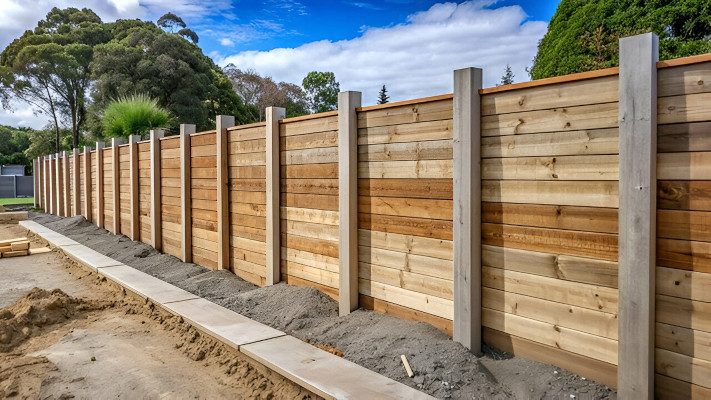 Installing a new fence is a significant investment for homeowners and businesses alike. Whether you’re looking to enhance privacy, secure your property, or improve aesthetics, understanding the costs involved is crucial. In New Zealand, factors like material choice, property size, and labor costs can vary widely. This blog will guide you through budgeting for your new fence, using a Fence Cost Calculator NZ to simplify the process.
Installing a new fence is a significant investment for homeowners and businesses alike. Whether you’re looking to enhance privacy, secure your property, or improve aesthetics, understanding the costs involved is crucial. In New Zealand, factors like material choice, property size, and labor costs can vary widely. This blog will guide you through budgeting for your new fence, using a Fence Cost Calculator NZ to simplify the process.
Key Factors Affecting Fence Price & Cost Estimation in NZ
1. Choosing the Right Fence Material: Wood, Steel, or Wire?
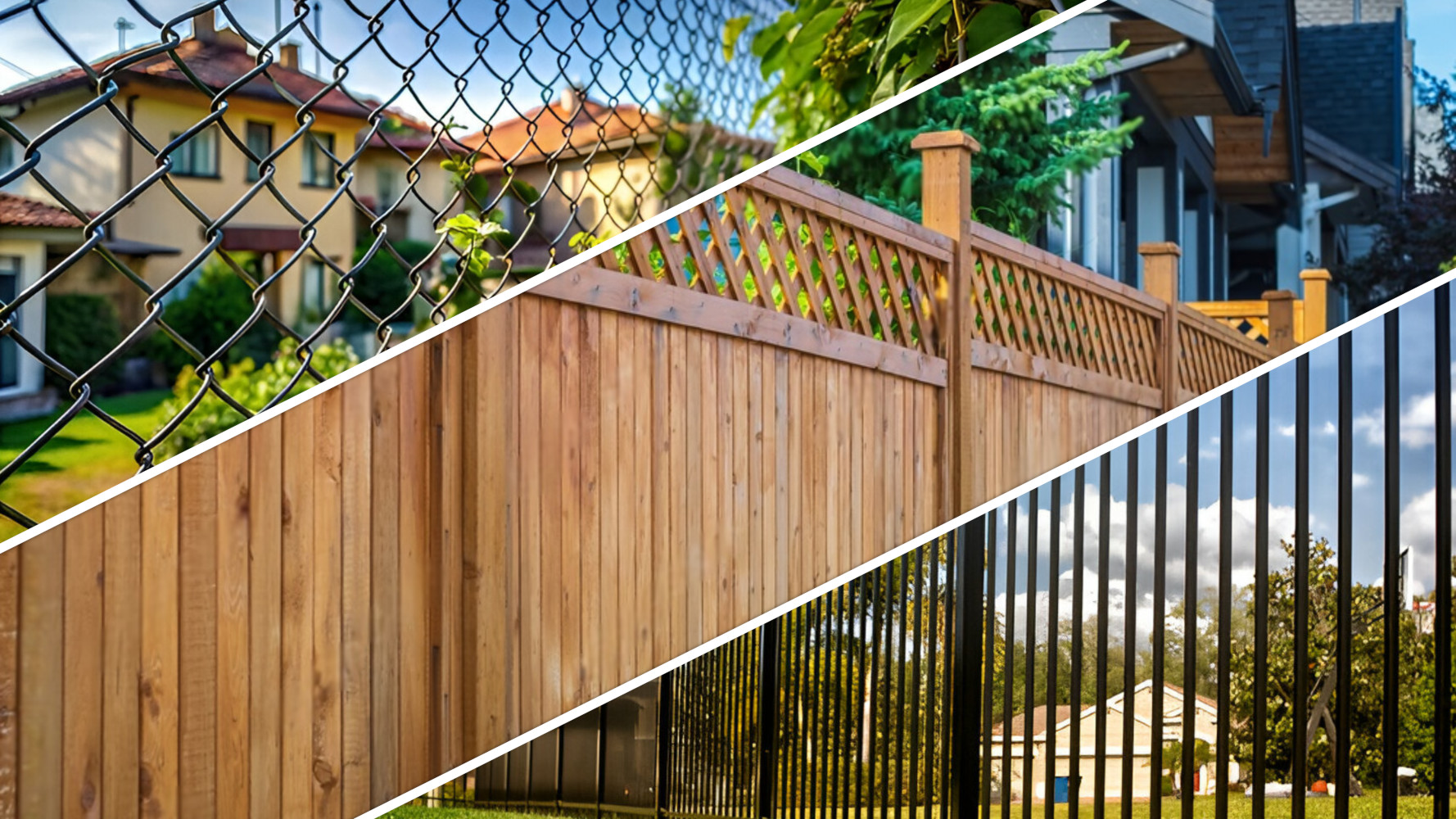 The type of material you choose plays a major role in determining the overall cost. Here’s a breakdown of common fencing materials in New Zealand:
The type of material you choose plays a major role in determining the overall cost. Here’s a breakdown of common fencing materials in New Zealand:
| Material | Average Cost per Meter (NZD) | Durability | Maintenance |
|---|---|---|---|
| Timber | 100–200 | Moderate | Requires staining/painting |
| Chain Link (Galvanized) | 50–100 | High | Minimal |
| Aluminum | 150–300 | High | Minimal |
| Vinyl | 200–400 | High | Minimal |
| Colorsteel | 120–250 | High | Minimal |
2. Fence Height
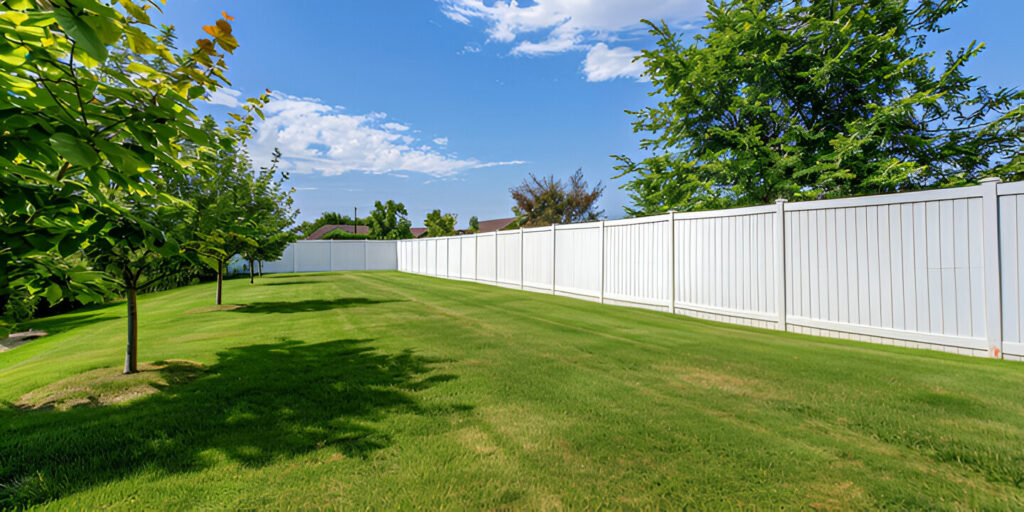 The height of your fence impacts both material and labor costs. For example:
The height of your fence impacts both material and labor costs. For example:
- 4-foot chain link fence: Affordable and suitable for basic security.
- 6-foot high privacy fence: Ideal for residential privacy but more expensive.
- 8-foot or higher: Common for commercial or industrial properties.
3. Property Size
The length of the fence required directly affects the cost. Use a Fence Cost Calculator NZ to input your property dimensions and get an accurate estimate.4. Labor Costs
Professional installation costs in New Zealand typically range from 50 to100 per hour. DIY installation can save money but requires time and effort.5. Additional Costs
- Permits: Check local council regulations for fencing height and boundary rules.
- Maintenance: Timber fences require regular upkeep, while aluminum and vinyl are low-maintenance.
- Repairs: Factor in potential costs for fixing damaged sections over time.
Common Mistakes to Avoid When Installing a Fence
1. Not Checking Property Boundaries
One of the most common mistakes is failing to confirm property boundaries before installation. This can lead to disputes with neighbors or even legal issues. Always conduct a boundary survey or consult your property title to ensure the fence is placed correctly.2. Ignoring Local Regulations
New Zealand has specific fencing regulations, including height restrictions and pool safety requirements. Ignoring these rules can result in fines or the need to redo your fence. Check with your local council to ensure compliance.3. Choosing the Wrong Material for the Environment
Selecting a material that doesn’t suit your local climate can lead to premature wear and tear. For example, timber may warp in humid areas, while metal fences may rust in coastal regions. Choose materials that can withstand NZ’s diverse weather conditions.4. Underestimating Installation Costs
Many people focus solely on material costs and overlook labor, permits, and additional expenses like gates or post installation. Use a Fence Cost Calculator NZ to get a comprehensive estimate and avoid surprises.DIY vs. Professional Installation: Which is Right for You?
DIY Installation
- Pros: Cost-effective, rewarding for those with DIY skills.
- Cons: Time-consuming, requires tools and expertise.
- Best for: Simple fences like chain link or timber.
Professional Installation
- Pros: Ensures quality and compliance with NZ regulations.
- Cons: Higher upfront costs.
- Best for: Complex designs, large properties, or high-security fences.
Using a Fence Cost Calculator NZ
To simplify budgeting, use a Fence Cost Calculator NZ. This tool allows you to:- Input your property dimensions.
- Select your preferred material and height.
- Compare costs for DIY vs. professional installation.
How to Maintain Your Fence for Longevity
Proper maintenance can significantly extend the lifespan of your fence, saving you money in the long run. Here are some tips for different fence types:1. Cleaning and Sealing Timber Fences
Timber fences are prone to rot and discoloration if not properly maintained. Clean your fence annually to remove dirt and mildew, and apply a sealant or stain to protect it from moisture and UV damage.2. Preventing Rust on Metal Fences
Metal fences, especially in coastal areas, can rust over time. Regularly inspect your fence for signs of rust and treat affected areas with rust-resistant paint or coatings. Galvanized or powder-coated metal fences are excellent options for rust prevention.3. Seasonal Maintenance Checklist
- Spring: Inspect for damage caused by winter weather, clean debris, and apply protective coatings.
- Summer: Check for signs of wear from UV exposure and ensure gates and hinges are functioning properly.
- Autumn: Clear leaves and debris to prevent moisture buildup, and inspect for any loose posts or panels.
- Winter: Protect your fence from heavy rain or snow by ensuring proper drainage around the base.
Fencing Regulations in New Zealand
Legal Height Limits
- Residential fences: Typically up to 2 meters without council consent.
- Pool fencing: Must comply with NZ pool safety regulations.
Boundary Fencing
- Costs may be shared with neighbors under NZ’s Dividing Fence Act.
- Ensure proper boundary surveys to avoid disputes.
Tips for Budget-Friendly Fencing in NZ
- Choose Affordable Materials: Chain link and timber are cost-effective options.
- DIY Where Possible: Save on labor costs for smaller projects.
- Plan for Long-Term Maintenance: Invest in durable materials to reduce future expenses.
- Shop Around: Compare quotes from multiple fencing contractors.
Example Cost Breakdown
Let’s calculate the cost for a 50-meter timber fence at 1.8 meters high:- Material Cost: 150/m×50m=7,500
- Labor Cost: 75/hour×20hours=1,500
- Total Estimated Cost: $9,000
Conclusion: Plan Smart, Fence Better
Budgeting for a new fence doesn’t have to be overwhelming. By using a Fence Cost Calculator NZ, understanding material options, and factoring in labor and maintenance costs, you can make informed decisions. Whether you’re fencing a backyard, pool, or commercial property, planning ahead ensures you stay within budget while achieving your goals. Ready to start your fencing project? Use our free Fence Cost Calculator NZ to get an instant estimate tailored to your needsCommon Questions and Answers
How much does a fence cost per meter in New Zealand?
The cost of fencing in New Zealand varies depending on the material, height, and purpose. For a wooden paling fence, prices typically range from $100 to $200 per meter, making it a popular choice for residential properties. More premium options, such as composite slat or black wrought iron, can cost upwards of $300 per meter. If you’re looking for a cheap and effective fencing solution, farm and rural fences made of wire, barbed wire, or post-and-rail are more affordable, starting at around $50 per meter. On the other hand, high-security options like concrete block or corrugate iron fences are durable but come at a premium price.
Fencing costs also depend on height. A standard 1.8m paling fence is cheaper than a 2m or 8ft high fence, which requires more materials and labor. Cyclone or Chain link fencing is common for security purposes, while PVC fencing offers a low-maintenance, modern alternative. For rural yards or cattle and deer farms, post-and-wire fencing is one of the cheapest and most practical solutions. Whether you’re building a lifestyle property fence or a Canada-style farm enclosure, factoring in material, height, and installation costs is crucial.
What factors affect the cost of fencing per meter?
The material used is the biggest factor influencing fencing costs. Wooden paling fences are affordable but require maintenance like staining or a protective coat. Concrete, wrought iron, and composite slat fences are more durable but significantly more expensive. PVC and corrugate iron fences are modern, weather-resistant options, though they may not suit all property styles. For rural or farm fencing, barbed wire, board and batten, or chain link fencing provide cost-effective solutions.
Fence height and length also affect the price. A 6ft (1.8m) wooden fence is more affordable than a 2m or 8ft security fence, which requires extra materials. Larger properties, such as rural farms, require more fencing, increasing overall costs. Installation labor is another key factor—hiring professionals for a 50ft block or paling fence can be expensive, but DIY options can reduce costs. Additionally, location plays a role; fences built in high-wind or cyclone-prone areas require stronger materials, increasing costs.
What are the most common types of fencing used in New Zealand?
New Zealand homeowners and farmers use a variety of fencing materials based on their needs. For residential properties, wooden paling fences, board and batten, and composite slat fences are the most common choices due to their affordability and privacy benefits. PVC fencing is becoming more popular for its low maintenance, while black wrought iron and corrugate iron fences add a modern or industrial touch. Concrete block fences are also widely used for soundproofing and durability.
For rural properties and farms, post-and-rail, wire, barbed wire, and chain link fencing are widely used for securing cattle, deer, and lifestyle farms. Canada-style wooden fences with palisades are common for aesthetic farm enclosures. Iron and corrugate steel fences are preferred in areas with extreme weather conditions. The choice of fence depends on factors like budget, security needs, and property size.
Do I need a permit to build a fence in New Zealand?
In most cases, a permit is not required for fences up to 2m (6ft 6in) high in New Zealand. However, if your fence exceeds this height, you may need council approval. Pool fences must comply with strict safety regulations to prevent accidents. If you’re installing a black wrought iron or concrete block wall for security, checking local council rules is advisable.
Boundary fences often require agreement between neighbors under New Zealand’s Fencing Act. If you’re building a rural or farm fence for cattle, deer, or sheep, regulations might be more flexible. Chain link fencing, barbed wire, and corrugate iron fences may need special consideration if near public spaces. Always check with your local council before starting construction to avoid fines or disputes.
How can I reduce the cost of building a fence in NZ?
One of the best ways to lower fencing costs is to choose affordable materials like wooden paling, wire, barbed wire, or corrugate iron. DIY installation can also help save on labor costs, but ensure you have the necessary skills and tools. Opting for a 1.8m fence instead of a 2m one can also reduce expenses, as taller fences require more materials. Chain link fencing is another cheap and durable option for security.
For rural properties or farm fencing, using post-and-wire, board and batten, or paling fences can be cost-effective. Buying materials in bulk, comparing quotes from multiple contractors, and reusing materials (such as reclaimed wood or iron panels) can also help cut costs. Choosing composite slat or pvc fencing may have a higher upfront cost but can save money in the long run due to lower maintenance needs.
